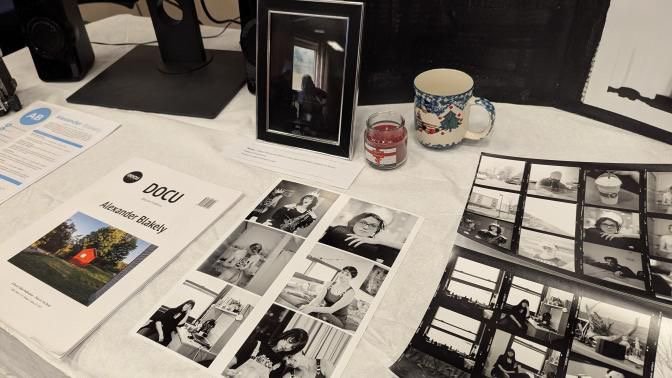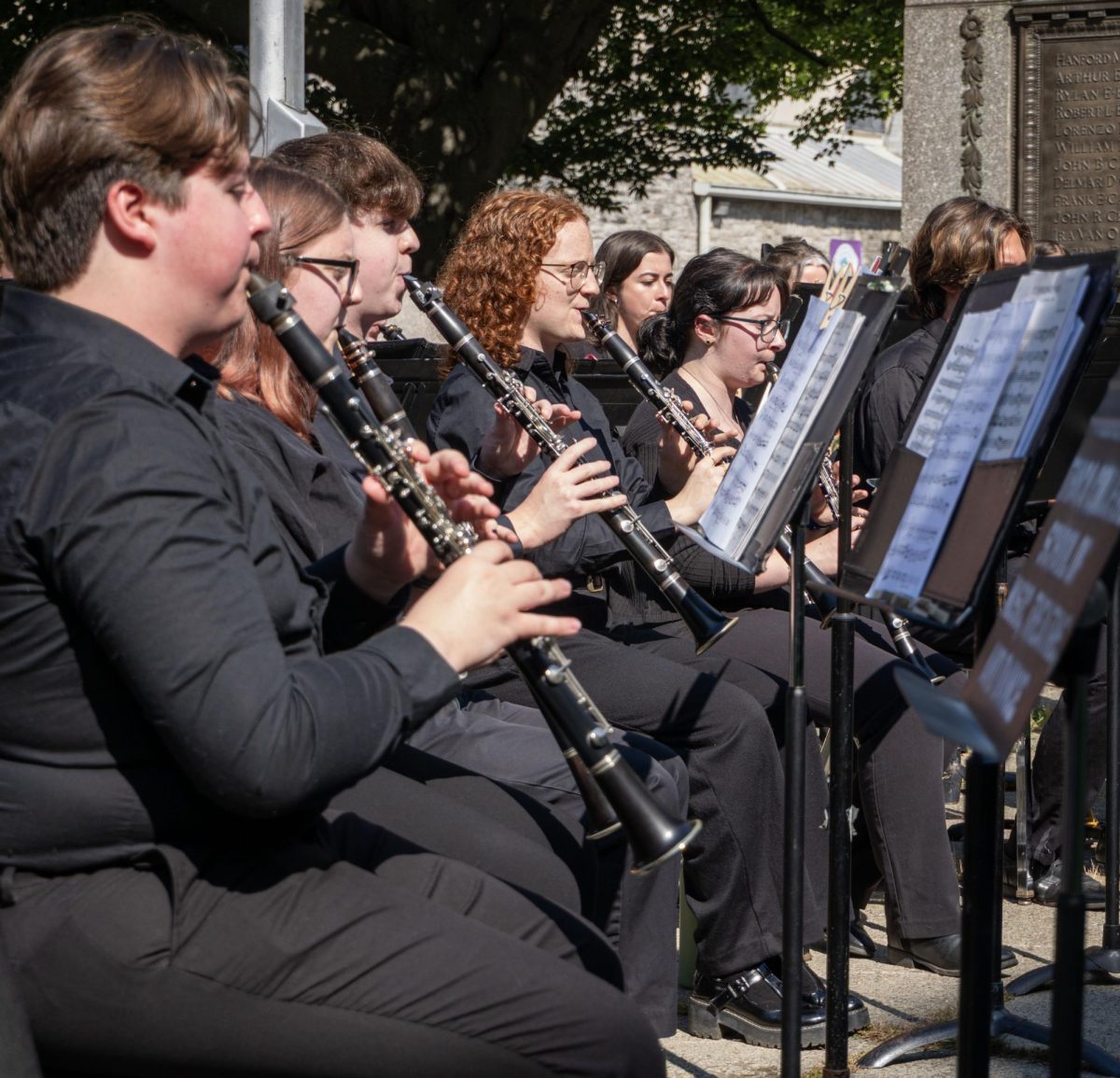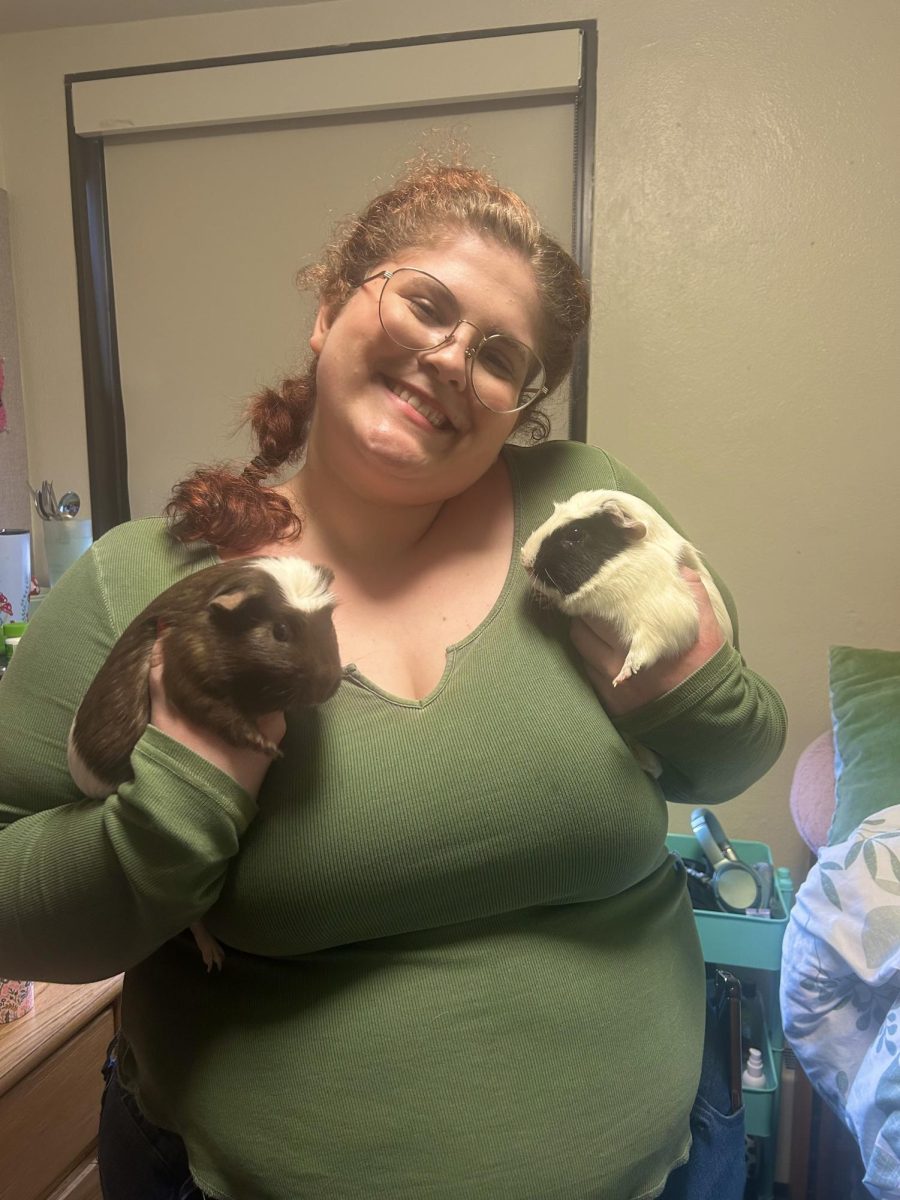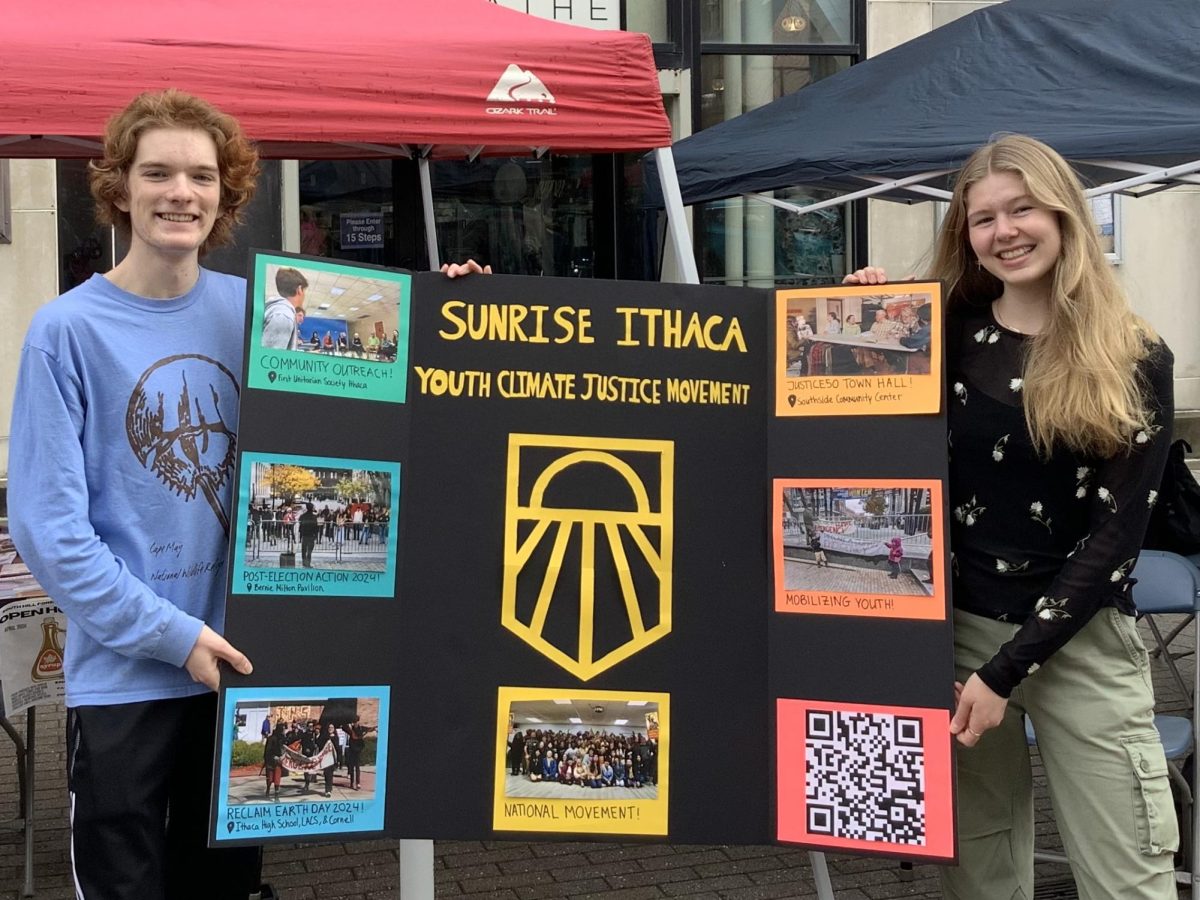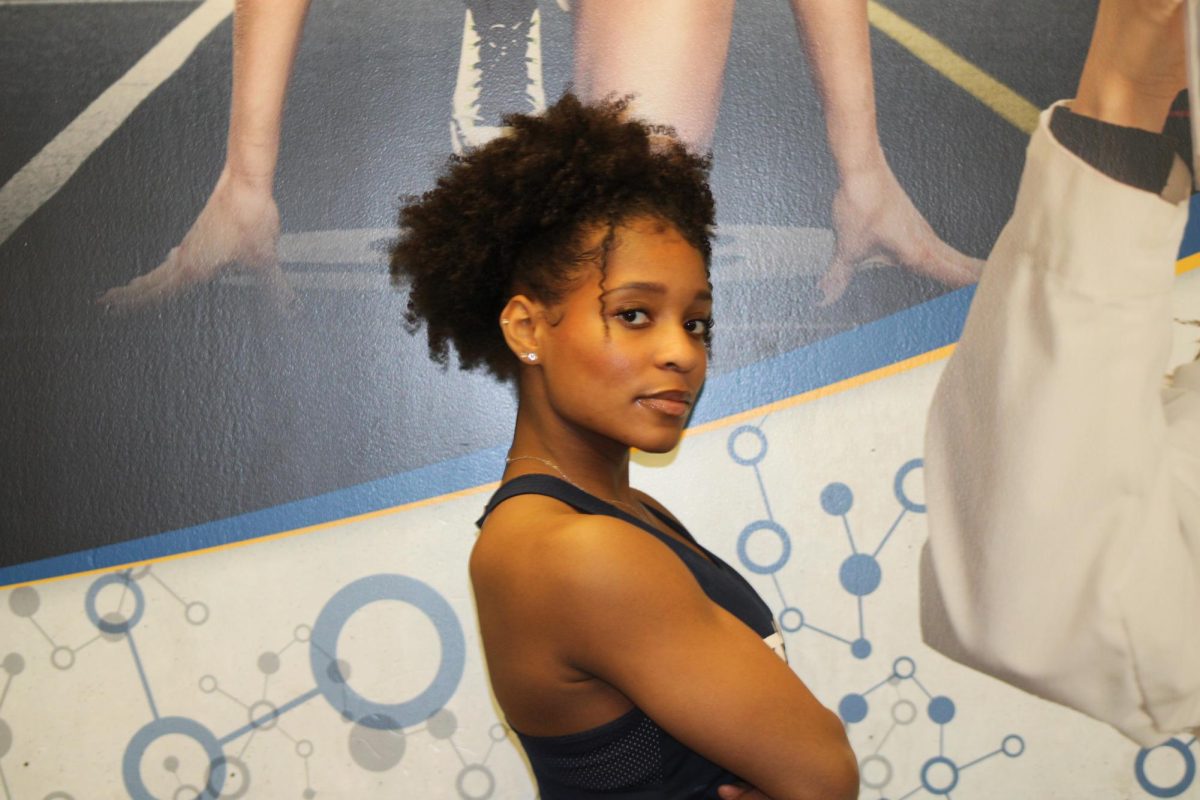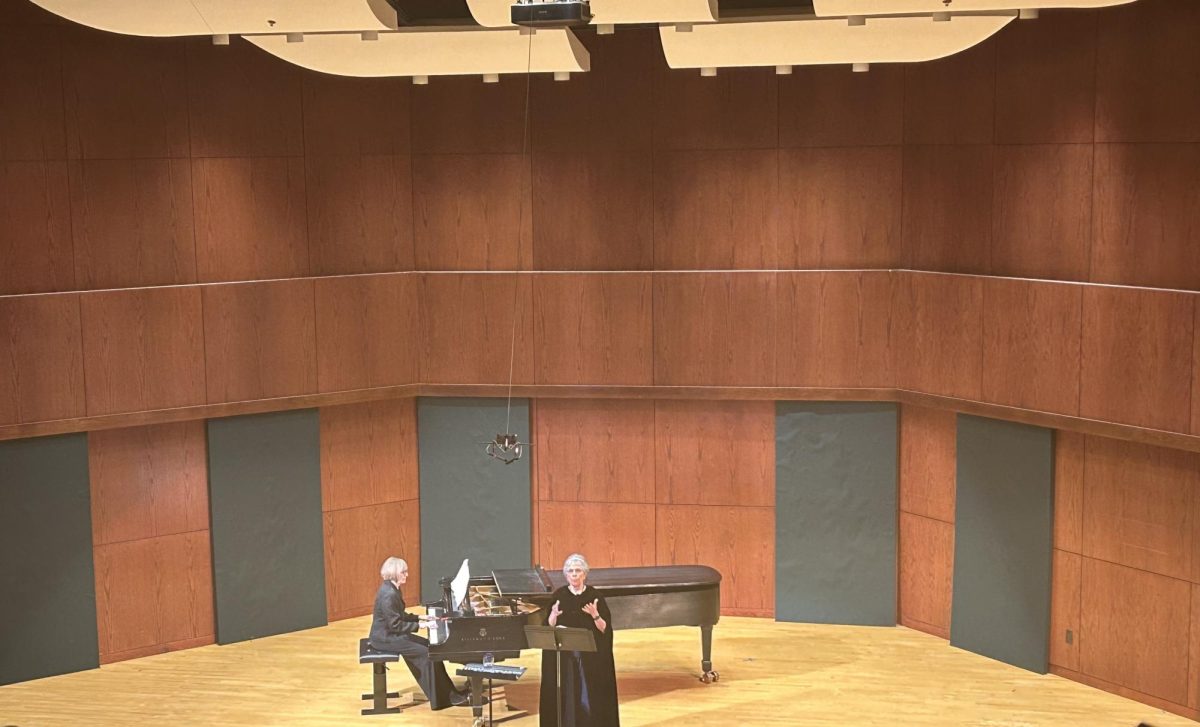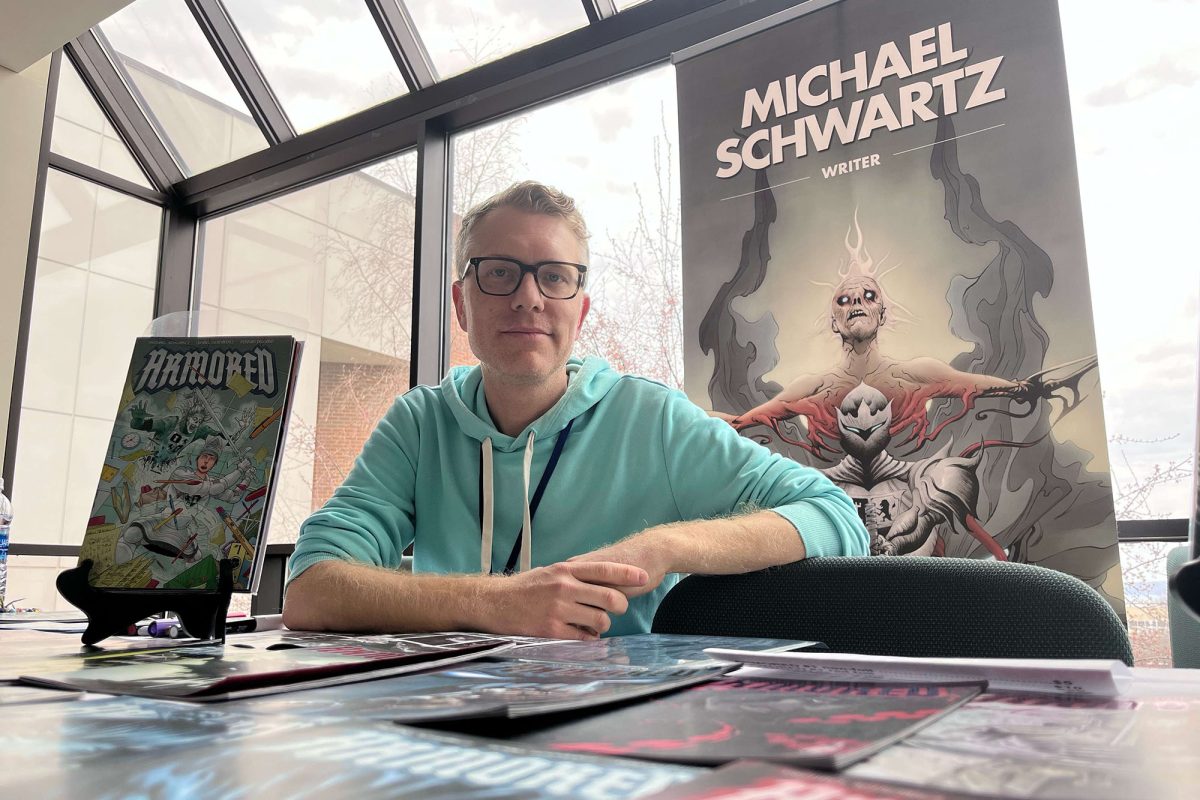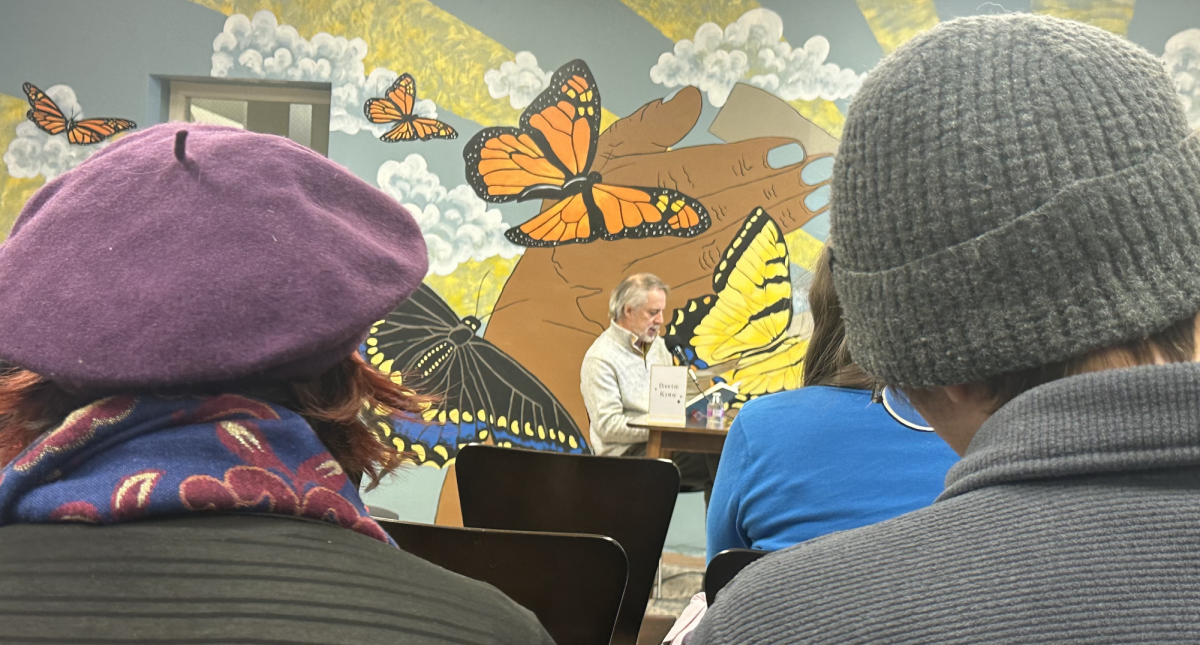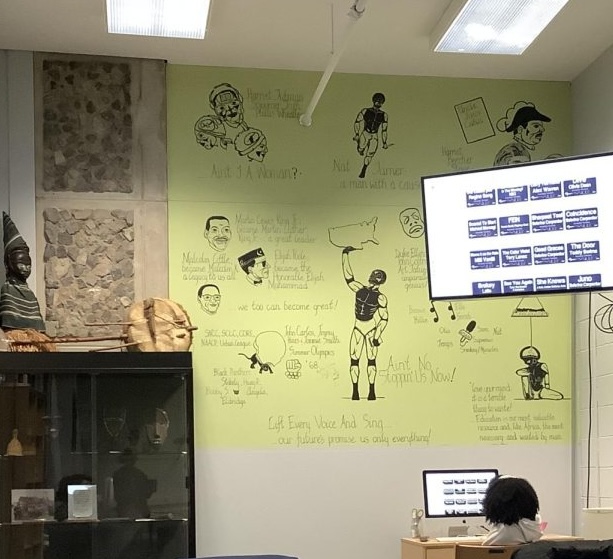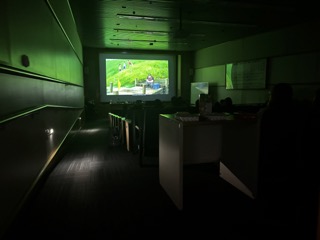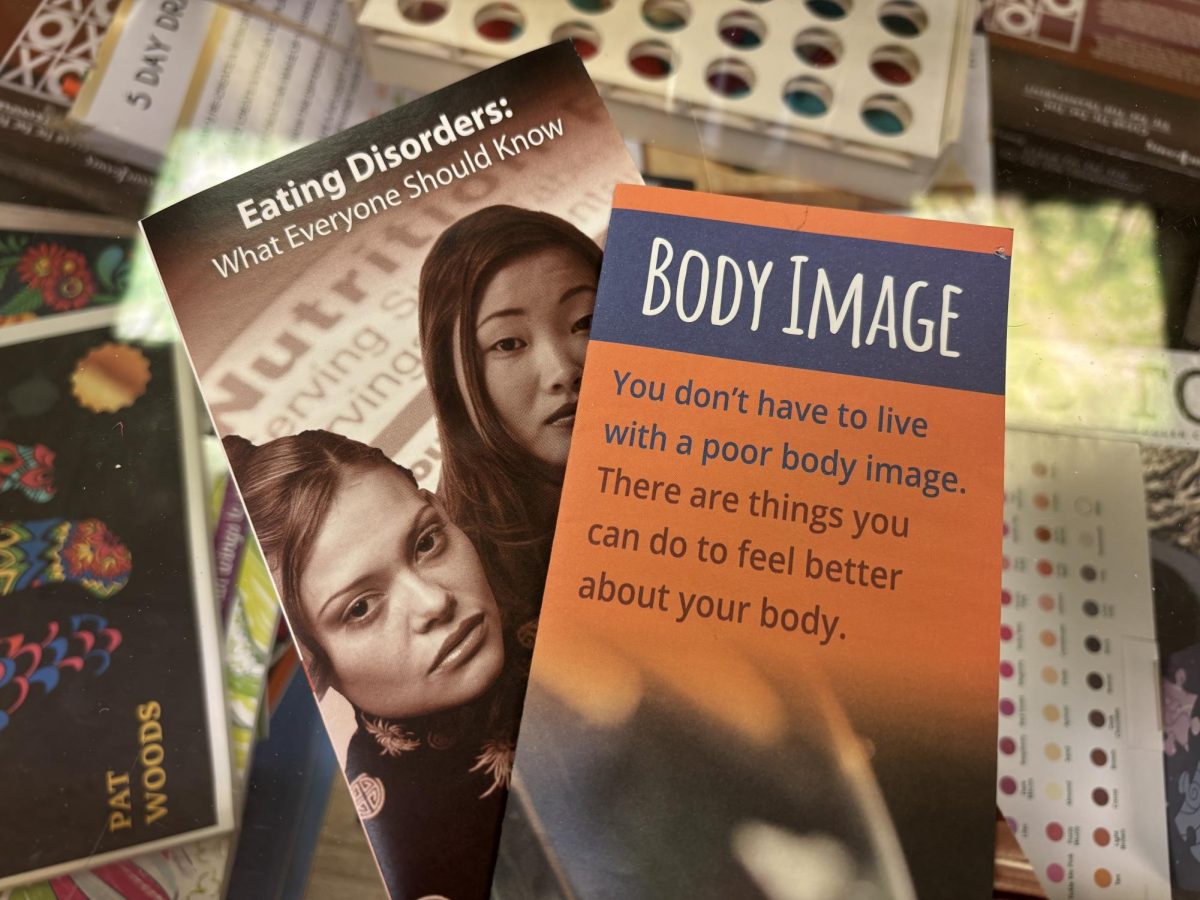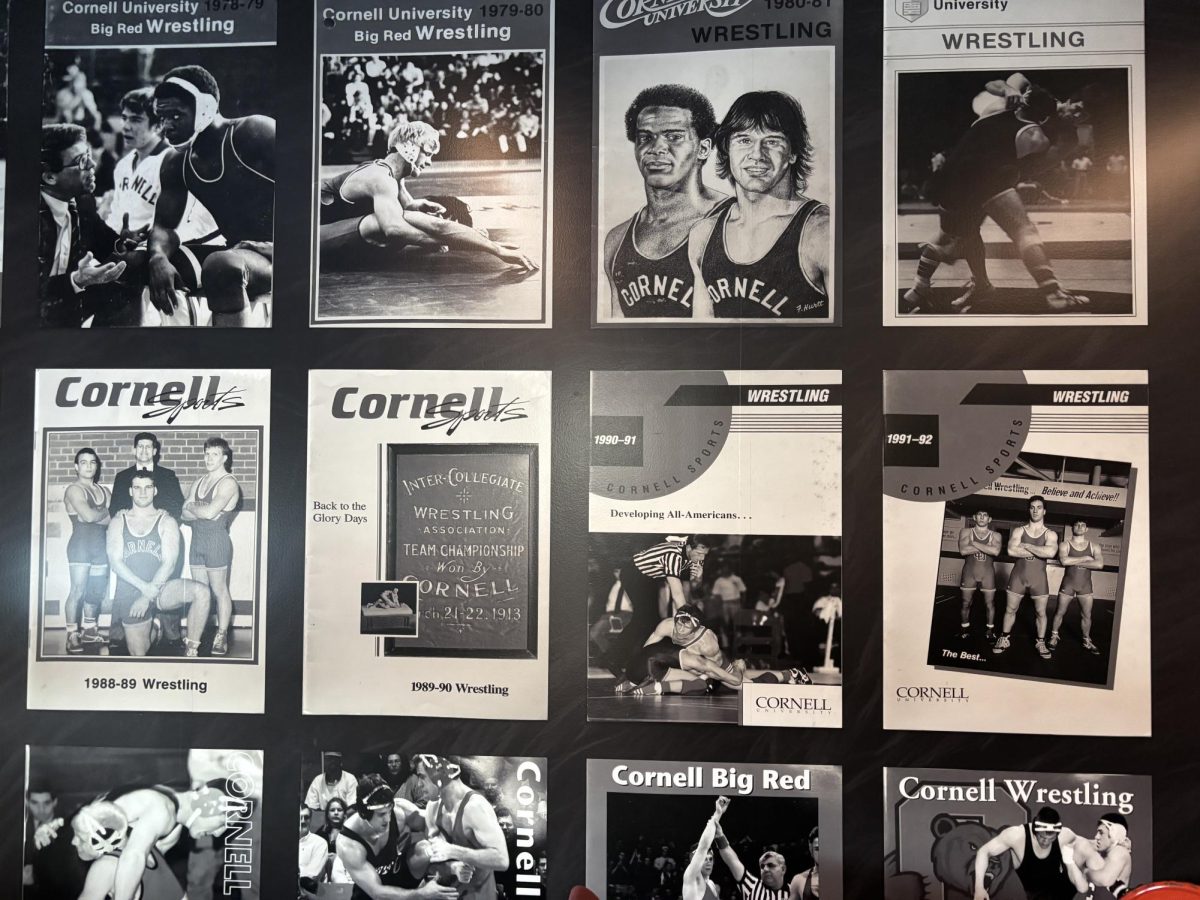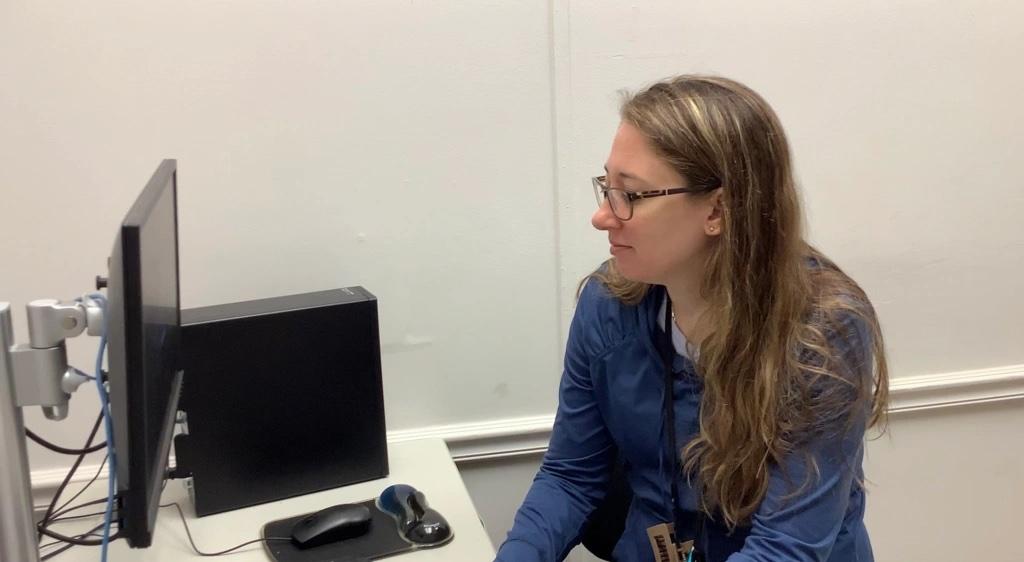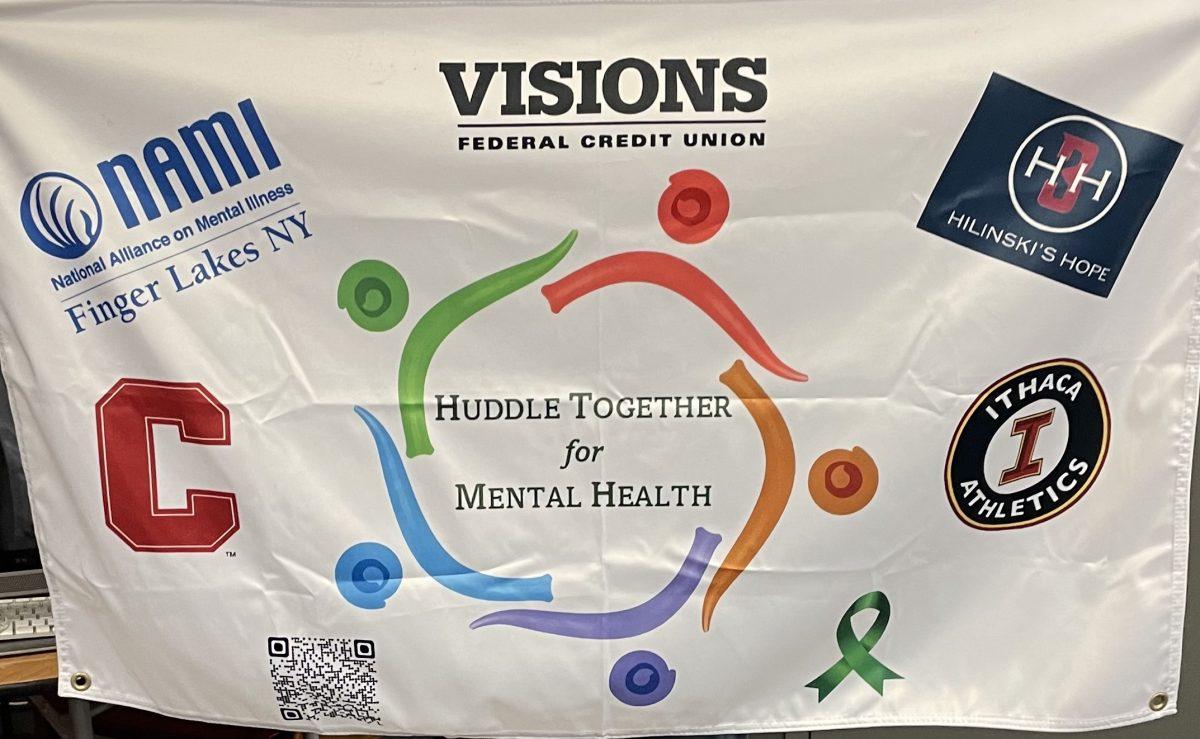Junior Cinema and Photo Production major Grace DeGeorge in April showcased how she uses film as a tool for emotional expression with her recent film “Untld:fragmentsofableedingheart.” The title of her presentation was “The Art of Loss: Creative Expression as a Grief of Modality.”
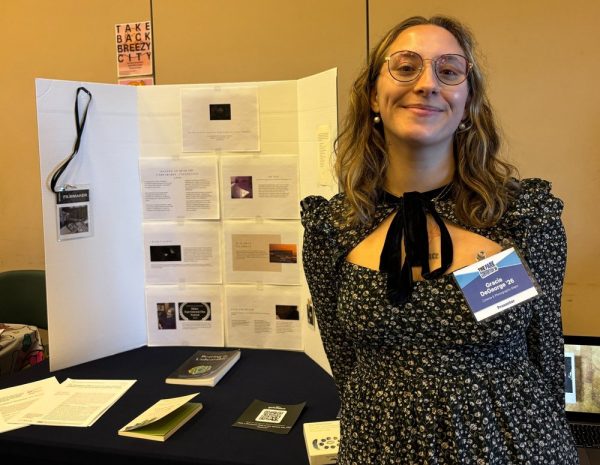
“If I don’t have therapy, I’m making a film. That’s my therapy,” she said. “It is a hobby. It is a passion, and it does make me feel empowered.”
The presentation was featured at The Park Convention, an annual event hosted by the communications school at Ithaca College, welcomes students in media to showcase their talent and teach something valuable to a broader audience.
“I lost my father last semester . . . I’m actively grieving the little girl who loved her dad so much,” said DeGeorge. “When I made a film about grieving my father’s death, it wasn’t just his death, I was grieving his life.”
Social connectivity through vulnerability
Art allows people to externalize experiences and share them with others, creating a process of mutual understanding, experts say.
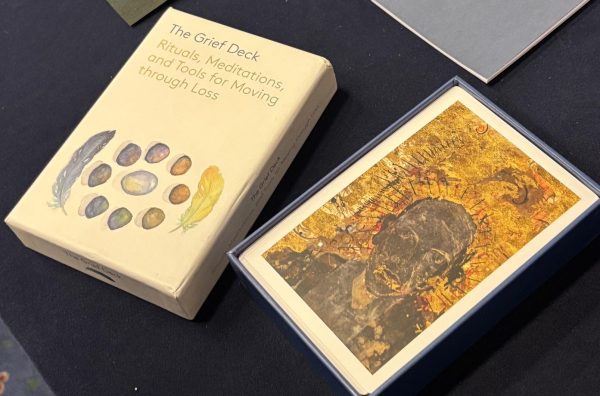
According to a 2023 study by the American Psychological Association, 44% of adults in the United States report feeling that others do not understand what they are going through.
And art has the potential to make people feel understood on a personal level.
“I feel like there’s such a huge disconnect from community, and we can all feel each other’s feelings and be seen and heard on a very artificial level. But for me, I really want to dig deep,” said DeGeorge.
“I want to explore other people’s hearts and souls, and I’m willing to break mine in order to allow people to feel inquisitive about that,” she added.
Joel Anderson is an assistant professor of Media Arts, Sciences, and Studies. He said smart phones have changed the availability of art.

“Media is something many people have at their fingertips,” Anderson said, and “work that has a personal dimension can be relatable to audiences.”
Alex Blakely, a junior studying Film, Photography & Visual Arts, gave a presentation on his photography collection “Finding Home.”
“It’s about the emotional scale of moving from home to college and moving forward after that into adulthood,” he said.
“I’ve made work that is sorrowful, very mournful, but allows for some form of purity and joy and hope, hopefully, and allows people to relate,” said Blakely.
Anderson concurred.
“Film has the possibility to allow someone to externalize something in themselves, feeling an experience, they can only communicate through images and sounds,” said Anderson.
“To seek that out in the world and have it reflected back to them and to understand something about themselves, as well as to share something about themselves with others.”
Park School professors say they support students when they use their art as a form of personal expression.
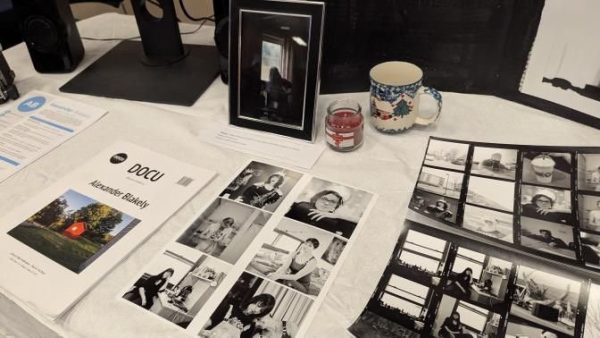
“I’m trying to have students use [media art] as a less of a coping method and more of a reflection method,” said Ryan Somelofske, assistant professor in Media Arts, Sciences, and Studies, said.
Whenever students want to create work rooted in past experiences, he said he wants to “make sure that they’re not glorifying the struggle, but that the story and narration are a celebration of overcoming . . . saying that they can’t have made what they made without getting out from where they were to where they are right now.”
Discussions of personal importance
Art creates space for conversation, students and professors say.
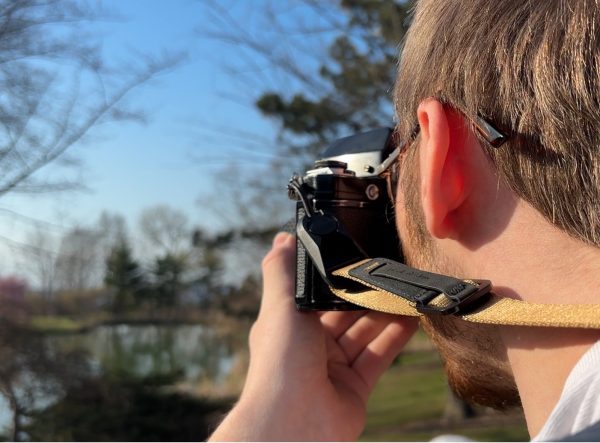
“Art allows you to go out into this world and see it anew, to fully accept and consider the world in a different light,” said Somelofske.
Blakely said he wanted to touch on the philosophy that college is a state of continuous transition.
“That’s all college is, a transitional period to get you from one place to another . . . You are never in a solid momentous, continuous space,” he said. “You’re constantly moving, you’re constantly changing, you’re always learning something new.”
“I want people to see it as important, because I’m presenting something I see as important for others to view,” Blakely said. “If you don’t show that to people, there are going to be people who don’t understand why they feel so strange all of the time.”

(Samantha Ruiz/Ithaca Week)
DeGeorge wanted to have a conversation about the Western culture’s view of grieving.
“We don’t talk about death in the way that it needs to be talked about,” said DeGeorge. “We are an anti-grief society, and we are just pushed to pretend death happens, and then you just forget about it.”
“I want to be able to open up that conversation, because we’re constantly grieving,” she said.
“It’s not a fix-all,” said DeGeorge, “but it’s something that allows us to grow and allows us to test our growth. For that, I feel very appreciative of filmmaking.”
See Grace DeGeorge’s Film here
See Alex Blakely’s Instagram here
